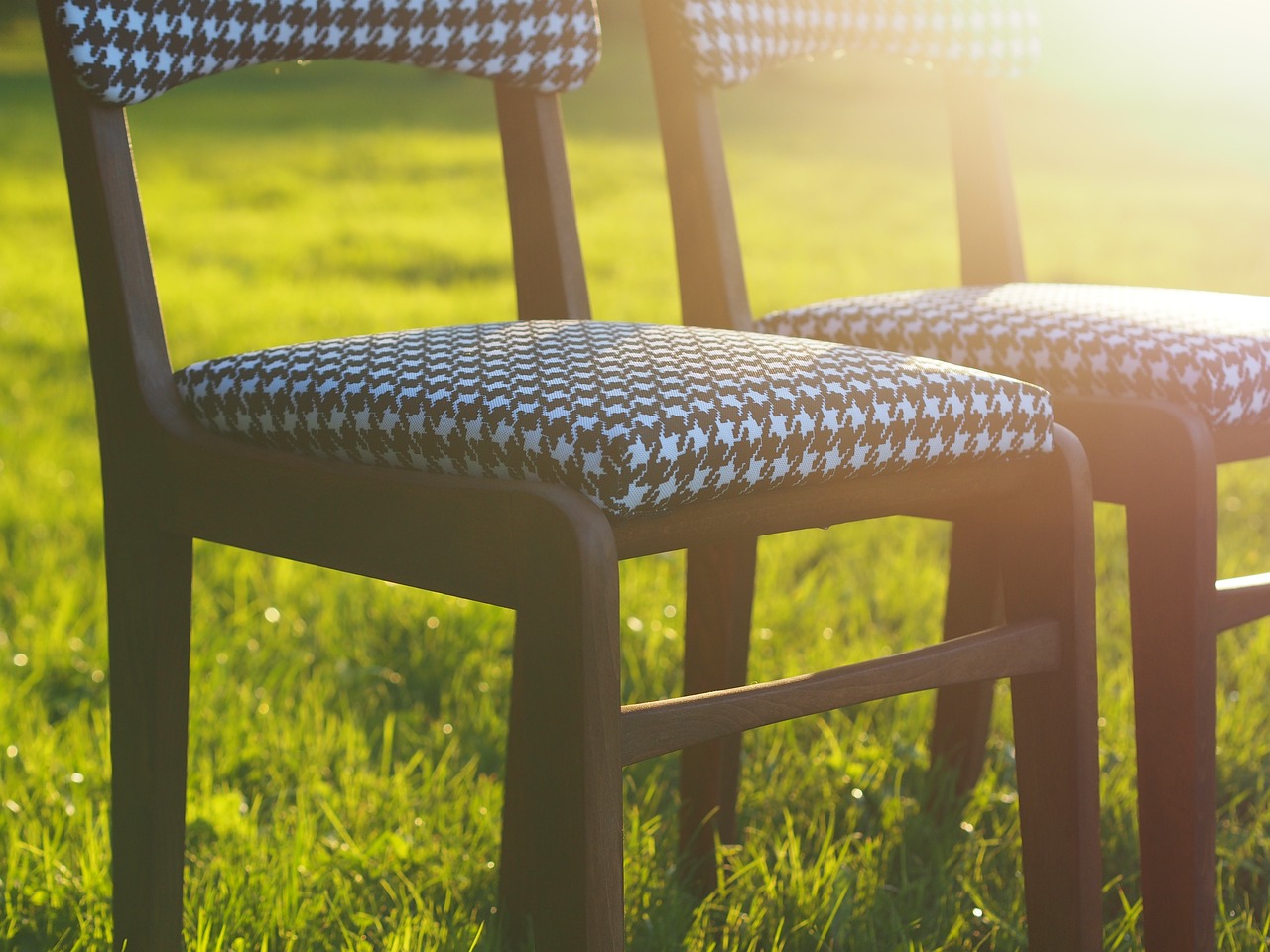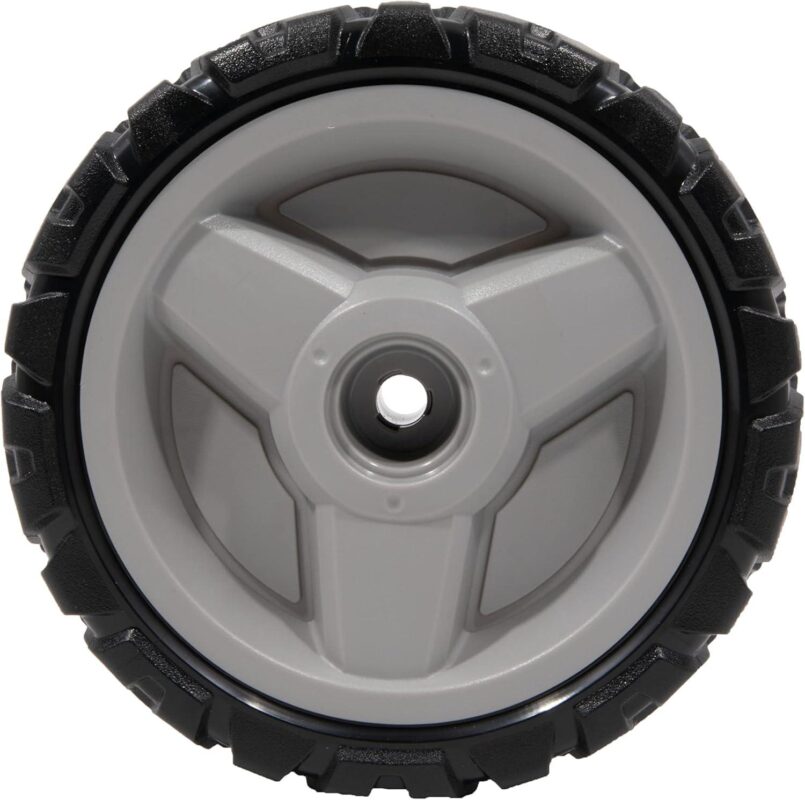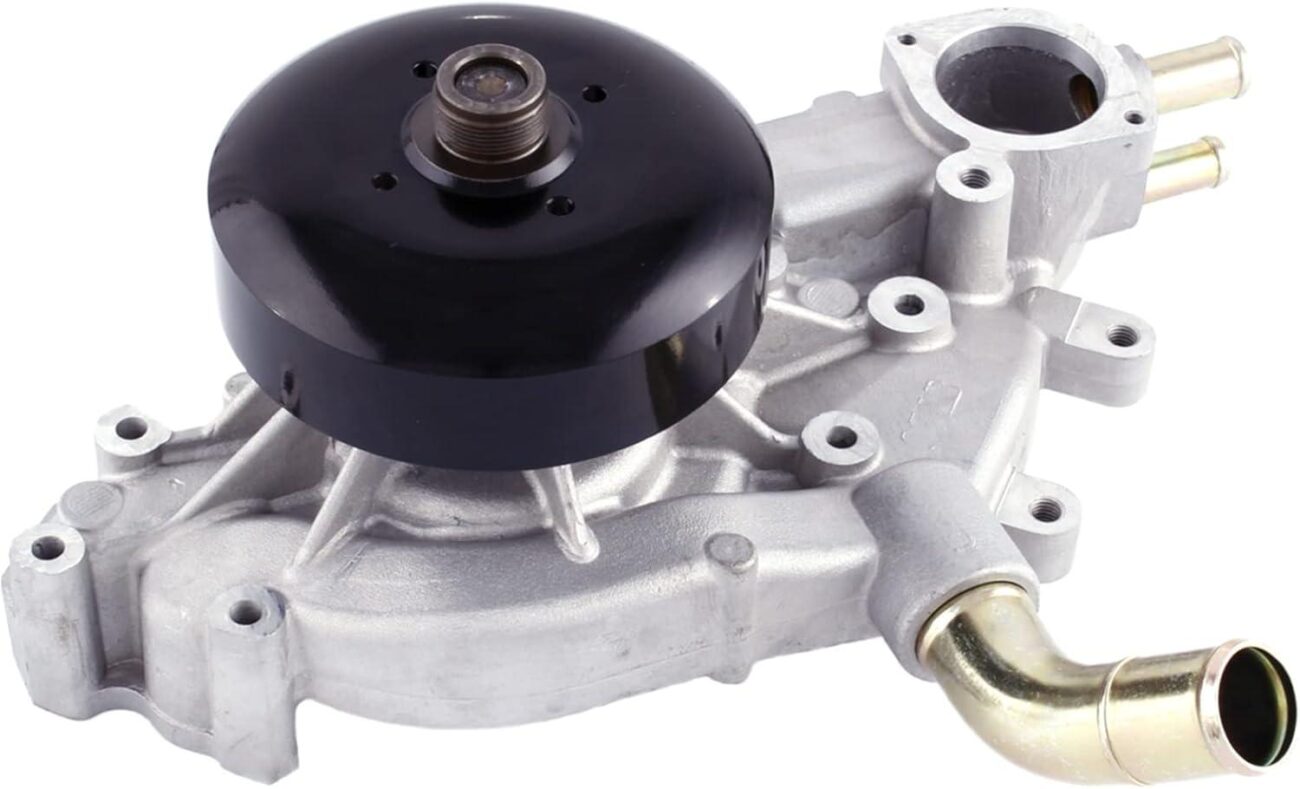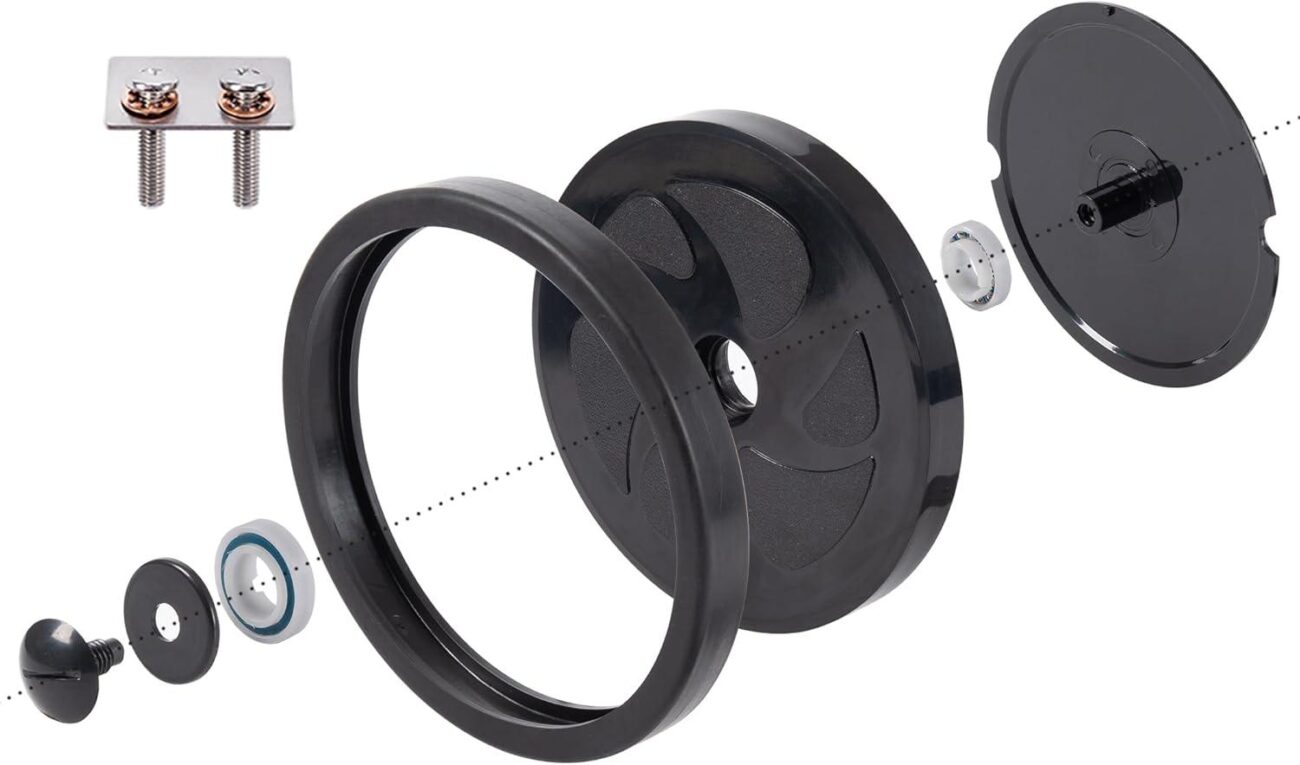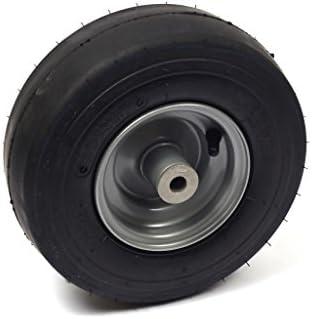In our “Ultimate Guide to Upholstery Protectants for Long-Lasting Fabric Care,” we delve into everything you need to know to keep your upholstery looking fresh and vibrant. We understand the importance of preserving the beauty and functionality of our home furnishings, which is why we’ve compiled the top five upholstery protectants that stand the test of time. Let’s explore how these powerful solutions can shield our fabric from spills, stains, and everyday wear and tear, ensuring our favorite chairs and couches remain in pristine condition for years to come. Have you ever spilled a glass of red wine on your beige couch and watched in horror as the fabric absorbed the liquid, leaving an unsightly stain? We’ve been there, and we understand the heart-sinking feeling all too well. Upholstery is a significant investment and one we want to protect from everyday wear and tear. But fear not! In our “Ultimate Guide to Upholstery Protectants for Long-Lasting Fabric Care,” we will explore the top five upholstery protectants that can keep our furniture looking fresh and new for years to come.
Why Use Upholstery Protectants?
Let’s start by tackling the big question: why should we use upholstery protectants? The main reason is simple – prolonging the life and beauty of our furniture. Protective treatments can save us from frequent, costly cleanings and even potential replacements. They act as a shield, preventing liquids, dirt, and oils from penetrating the fabric. This means fewer stains, less fading, and an overall fresher appearance.
Benefits of Upholstery Protectants
Using upholstery protectants can seem like an extra step, but the benefits make it worthwhile. Here are a few key reasons to consider applying these treatments:
- Stain Resistance: Protectants typically form a barrier over the fabric, making it more resistant to spills and stains.
- Extended Fabric Life: By keeping dirt and grime at bay, protectants help maintain the structural integrity of the upholstery fabric.
- Ease of Cleaning: After applying a protectant, most spills can be quickly blotted away without soaking into the fabric.
- Preservation of Color: Protective treatments can also help in reducing the fading caused by sunlight and other environmental factors.
Types of Upholstery Protectants
Understanding the types of upholstery protectants available can help us make an informed decision. Here, we’ll delve into the two primary categories: water-based and solvent-based protectants.
Water-Based Protectants
Water-based protectants are typically eco-friendly and less toxic, making them a popular choice for households with children and pets. They work by creating a breathable barrier over the fabric, repelling water and other liquids.
Pros:
- Non-toxic and environmentally friendly
- Safe for most fabrics
- Easy to apply and clean up
Cons:
- Might need multiple applications for heavily used furniture
- Typically less durable than solvent-based protectants
Solvent-Based Protectants
Solvent-based protectants are generally more robust and offer excellent protection against a variety of substances. They are especially suitable for high-traffic areas and heavy-duty fabrics.
Pros:
- Strong and durable protection
- Effective against oil-based stains
- Long-lasting
Cons:
- Higher chemical content, which might be unsuitable for sensitive individuals
- Can be more challenging to apply and may require professional handling
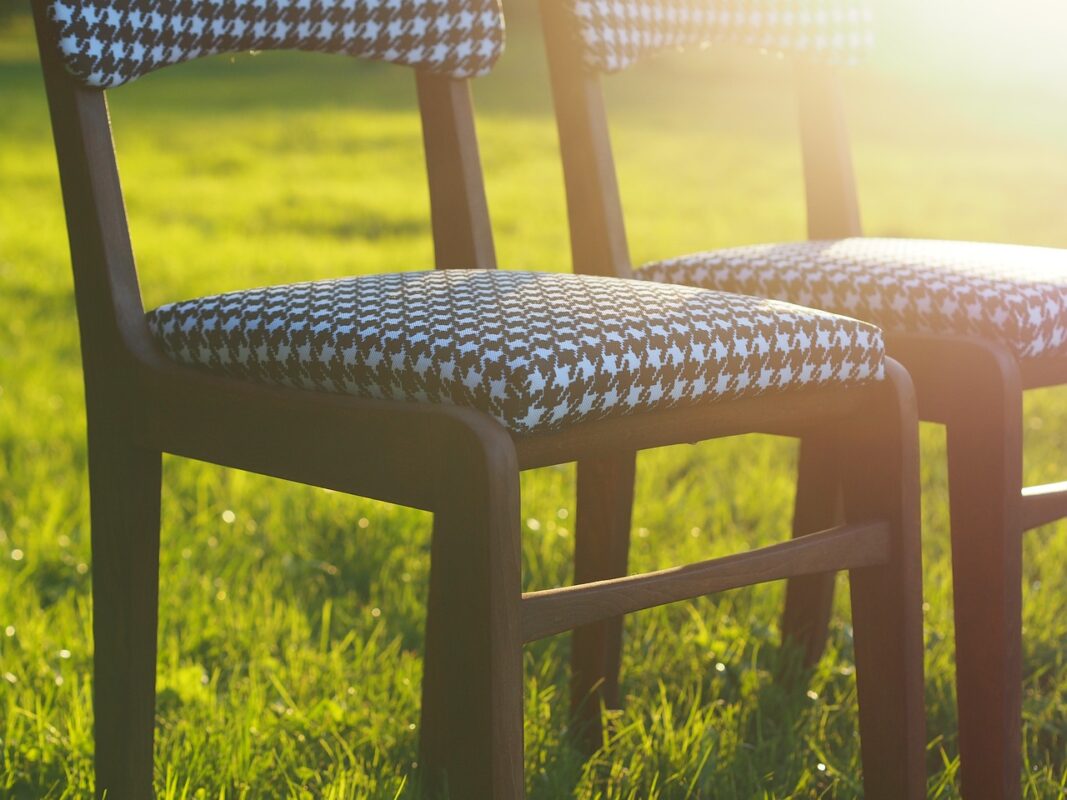
How to Choose the Right Upholstery Protectant
Choosing the right upholstery protectant can be a daunting task with so many options on the market. Here, we aim to simplify the process by highlighting key factors to consider:
Fabric Type
Different fabrics react differently to protectants. For instance, natural fibers like cotton and wool may require specific treatments compared to synthetic fibers such as polyester and nylon. Always check the manufacturer’s instructions and test the product on a small, inconspicuous area first.
Usage and Environment
Consider how often the piece of furniture is used and its environment. High-traffic areas, like living room sofas, will benefit from stronger protectants. Conversely, in less used environments, a milder protectant might suffice.
Safety Concerns
If we have pets or children, opting for non-toxic and low-VOC (Volatile Organic Compounds) products is a wise choice. These products reduce exposure to potentially harmful chemicals and are better for indoor air quality.
Ease of Application
Some protectants require professional application, while others are easy to apply ourselves. We should weigh the convenience and cost of hiring a professional against the simplicity and economy of a DIY application.
Top 5 Upholstery Protectants for Long-Lasting Fabric Care
Now, let’s dive into the top five upholstery protectants that have proven effective for long-lasting fabric care.
1. Scotchgard Fabric & Upholstery Protector
Scotchgard by 3M is a household name, synonymous with fabric protection. This water and oil repellent is a trusted favorite for its ease of use and reliability.
| Feature | Detail |
|---|---|
| Type | Water-based |
| Application | Spray |
| Best For | Most upholstery fabrics |
| Pros | Easy application, non-toxic |
| Cons | Needs reapplication after a few months |
2. Guardsman Fabric Protector
Guardsman offers professional-grade protection suitable for all types of upholstery fabrics. It provides a protective barrier against spills and stains without altering the fabric’s feel.
| Feature | Detail |
|---|---|
| Type | Water-based |
| Application | Spray |
| Best For | All upholstery fabrics |
| Pros | Long-lasting, easy to apply |
| Cons | Slightly higher cost |
3. TriNova Fabric Protector Spray
TriNova is known for its eco-friendly products, and its fabric protector is no exception. This spray protects against spills and stains without harmful chemicals, making it safe for homes with pets and children.
| Feature | Detail |
|---|---|
| Type | Water-based |
| Application | Spray |
| Best For | Organic and synthetic fabrics |
| Pros | Eco-friendly, non-toxic |
| Cons | Requires reapplication |
4. Vectra 22 Fabric Protector
Vectra 22 is a professional-strength protectant that offers water and oil repellent properties. It’s great for high-traffic areas and is known for its durability.
| Feature | Detail |
|---|---|
| Type | Solvent-based |
| Application | Spray |
| Best For | High-use upholstery |
| Pros | Strong protection, long-lasting |
| Cons | Higher chemical content |
5. Bickmore Gard-More Water & Stain Repellent
Bickmore Gard-More provides an invisible layer of protection suitable for leather, fabric, and suede. Its versatility and effectiveness make it a favorite among many homeowners.
| Feature | Detail |
|---|---|
| Type | Water-based |
| Application | Spray |
| Best For | Multi-use including leather |
| Pros | Versatile, easy to use |
| Cons | Slight odor upon application |
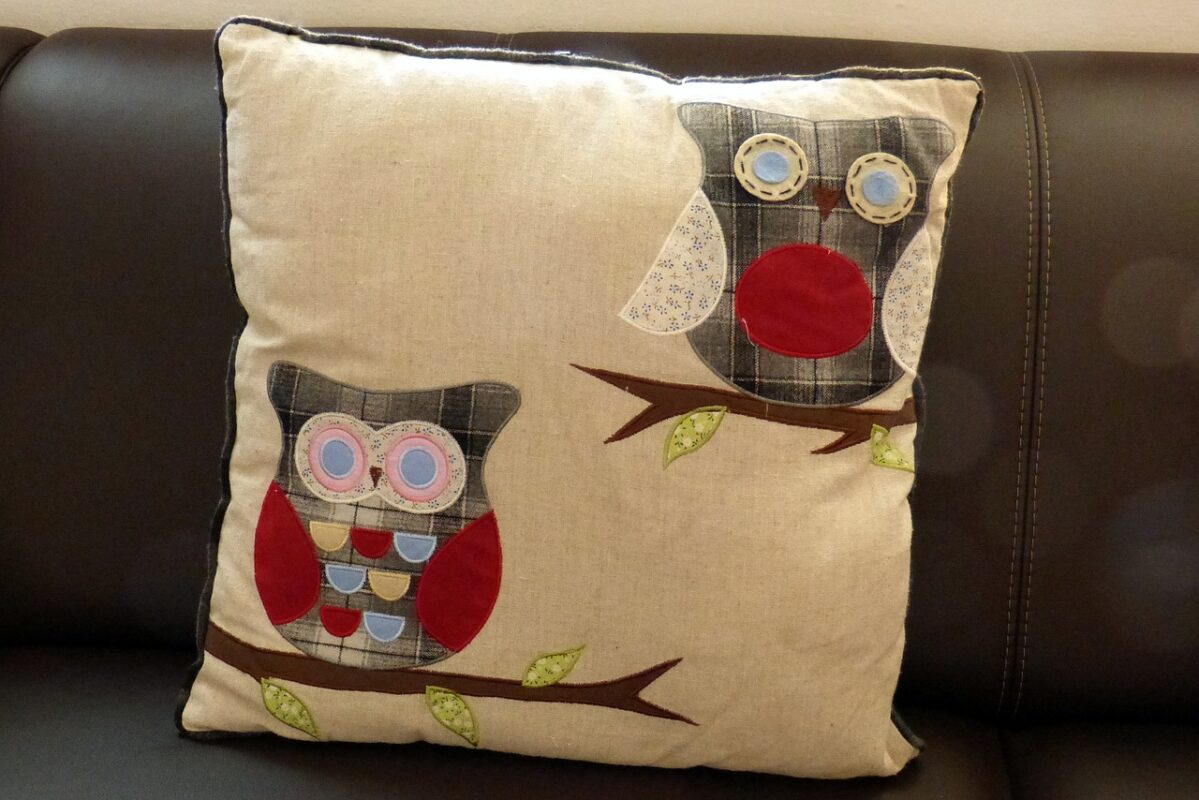
Application Tips for Upholstery Protectants
Applying upholstery protectant may seem straightforward, but following a few key steps can ensure we get the best results.
Preparation
Start by thoroughly cleaning the upholstery. Any dirt or stains left on the fabric can impair the effectiveness of the protectant. Use an appropriate cleaner for your fabric type and allow it to fully dry before applying the protectant.
Test a Small Area
Even if a protectant is rated for all fabrics, it’s always best to test a small, inconspicuous area first. This helps ensure that there are no adverse reactions or alterations to the fabric’s appearance and texture.
Apply Evenly
Hold the spray bottle about 6-12 inches away from the fabric and apply an even coat. Avoid saturating the fabric, as this can cause the protectant to pool and leave spots. For the best coverage, apply the protectant in a well-ventilated area.
Allow Proper Drying Time
After application, allow the protectant to dry completely before use. This can take anywhere from a few hours to overnight, depending on the product and humidity levels.
Maintenance and Reapplication
To keep our furniture looking its best, regular maintenance and reapplication of the protectant are essential.
Spot Clean As Needed
Even with a protectant, occasional spills and stains will happen. Promptly blot spills with a clean, dry cloth—avoid rubbing, as this can push the liquid deeper into the fabric. For tougher stains, use a cleaner suitable for your upholstery fabric.
Regular Reapplication
Most upholstery protectants will need to be reapplied every six to twelve months, depending on use and exposure. Regular reapplication helps maintain the protective barrier and ensures the fabric continues to repel stains and water effectively.
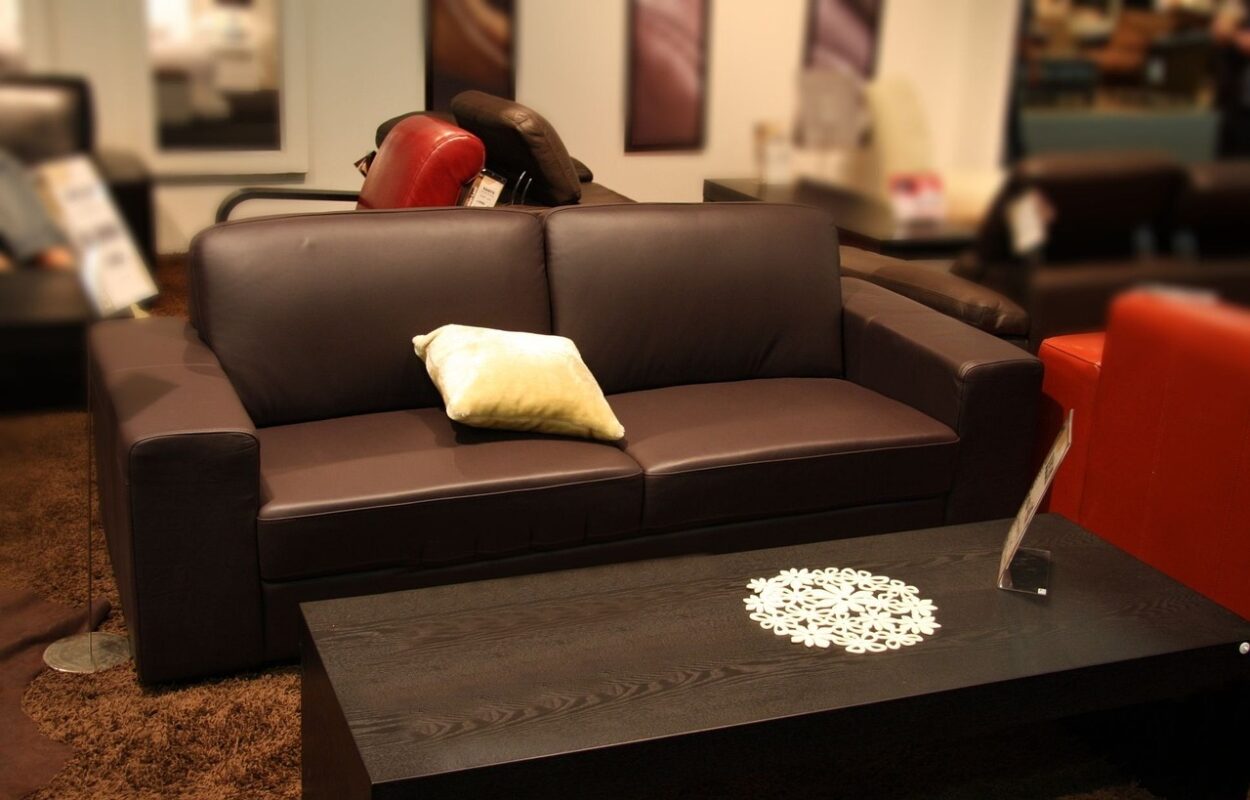
Professional Upholstery Protection Services
While DIY application of upholstery protectants is cost-effective and convenient, sometimes it’s worth investing in professional services. Professional application can be more thorough and ensure even coverage, especially for valuable or heavily-used furniture.
Advantages of Professional Services
- Expert Knowledge: Professionals have experience with different fabrics and protectants, ensuring the best combination for our furniture.
- Thorough Application: They have the tools and skills to apply protectants evenly and effectively.
- Convenience: Hiring a professional saves us time and effort, especially for large pieces or entire rooms of furniture.
Finding the Right Service
When looking for a professional service, consider reviews and recommendations from friends or online resources. Ensure the service uses high-quality, reputable products and inquire about warranties or guarantees.
Environment and Health Considerations
Our health and the environment are important, so choosing eco-friendly and non-toxic protectants can be a priority.
Eco-Friendly Products
Many companies now offer eco-friendly protectants that are biodegradable and free of harmful chemicals. These choices reduce our environmental footprint and protect our indoor air quality.
Non-Toxic Options
For homes with sensitive individuals, pets, or children, opting for non-toxic protectants is crucial. These products are free from high levels of VOCs and other toxic substances that can cause health issues.
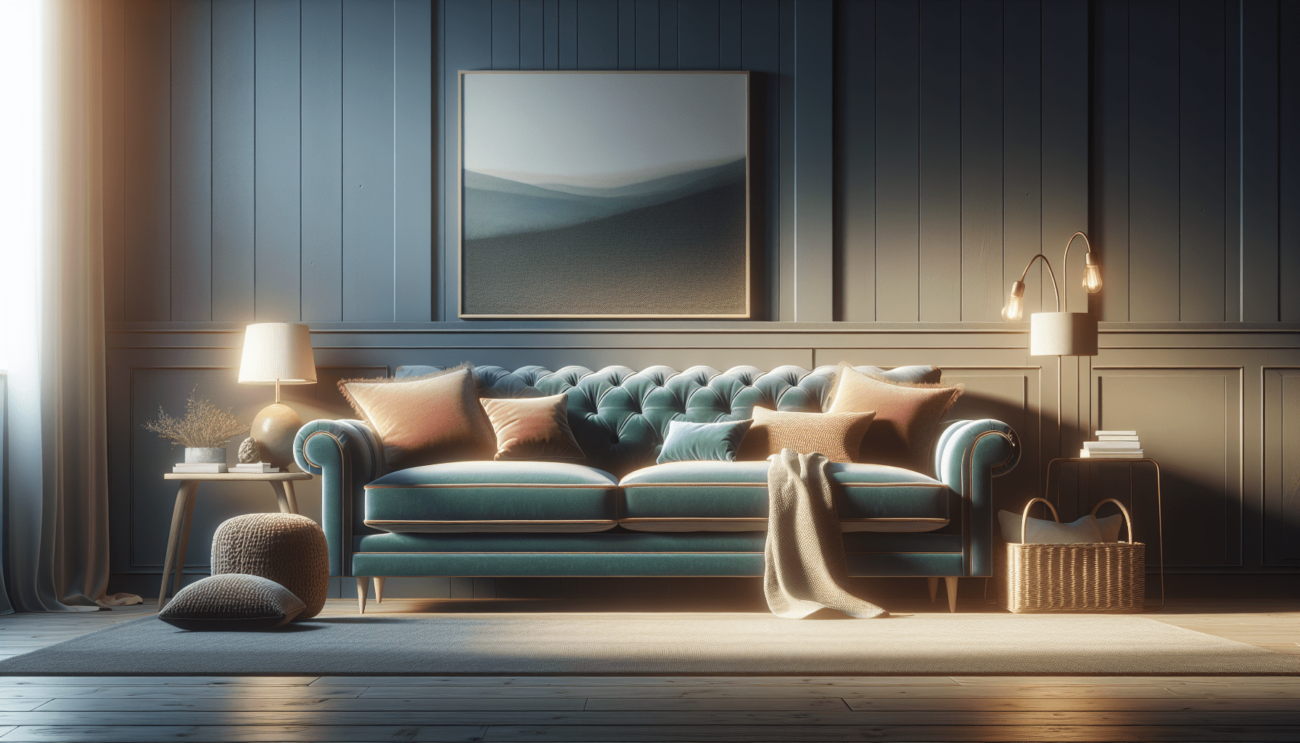
Final Thoughts
We all want to keep our upholstery looking as good as new for as long as possible. By understanding the benefits of upholstery protectants, how to choose the right one, and the best application practices, we can make informed decisions that will enhance the longevity and appearance of our furniture. Whether we opt for a DIY approach or professional services, the key is consistency in maintenance and reapplication.
Remember, a little effort now can save us from significant headaches and expenses down the road. Here’s to long-lasting, beautiful upholstery that can withstand the spills and stains of everyday life!
In conclusion, while protecting our upholstery might require some initial effort and investment, the returns are well worth it. We hope our Ultimate Guide to Upholstery Protectants for Long-Lasting Fabric Care has provided the insights and information needed to make these decisions with confidence. Happy protecting!



